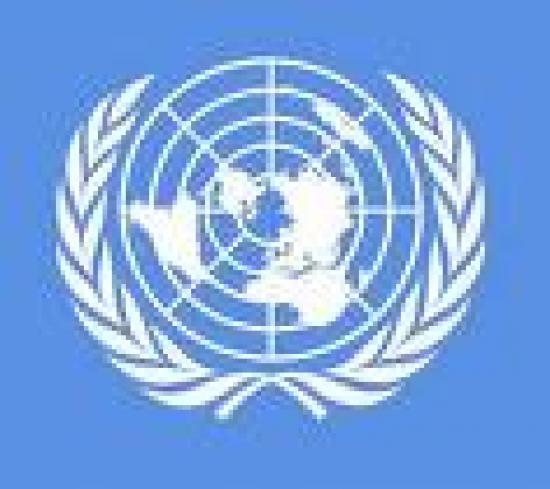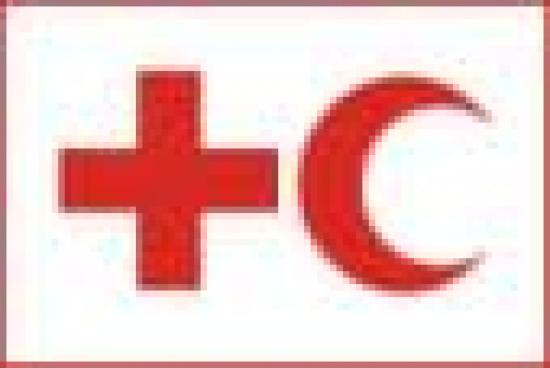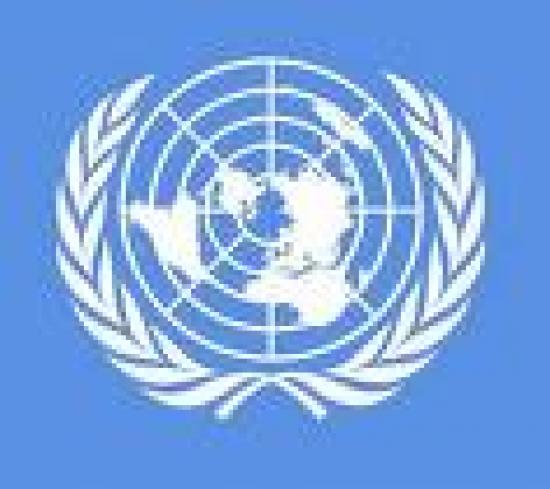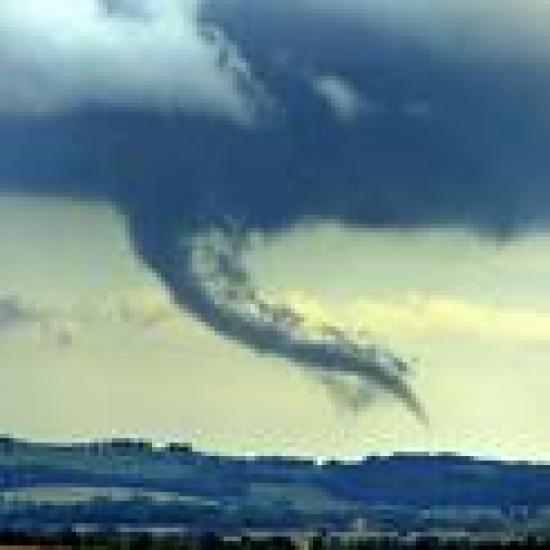Sendai Framework Monitor training starts
Efforts to improve collection of data on disaster losses are being stepped up by UN Office for Disaster Risk Reduction (UNISDR). Key to these efforts is improved understanding and use of the online Sendai Framework Monitor (SFM), launched in March, to monitor progress on implementing the global plan to reduce disaster losses by 2030, the Sendai Framework for Disaster Risk Reduction.
https://sendaimonitor.unisdr.org/








